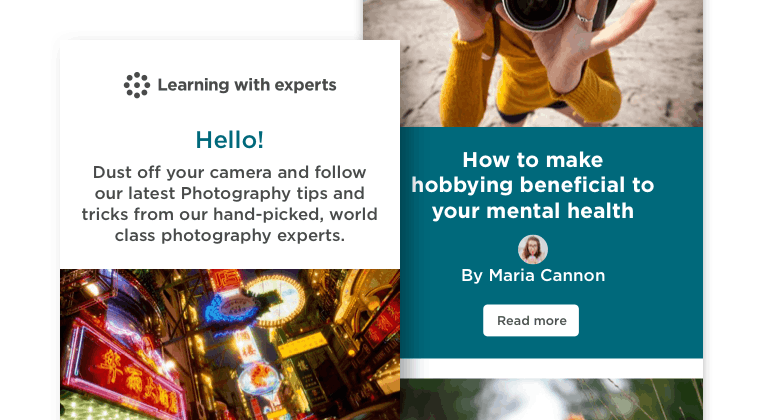Lighting Fundamentals Beginners Tend to Forget
By Geoff Harris •
Understanding Light & Exposure. 
It doesn't matter how much expensive gear you have sitting in your bag, if the light isn't there, you won't get great photos. How you make the most of light, or adapt it for your needs, is essential for good photography, so without getting too complicated, here is a quick run down of the key things for beginners to think about...
1) Misunderstanding ambient light

When photographers talk about 'ambient' light, they are usually referring to the natural light that is currently available at the time. So daylight, in other words, but the fantastic ISO performance of modern cameras now means that night-time photography is getting easier and easier.
Many photographers at the more 'documentary' end (travel or landscape for example) think that ambient light is the best and work hard to shoot their subjects in the nicest light available. This tends to be early in the morning, in the hour after sunrise, or in the hour before sunset.
As the sun isn't as high in the sky, you don't get such harsh shadows and if you pick your moment, everything is suffused in wonderful golden light – the kind of light that is hard to replicate with gear.
2) Avoiding cloudy days

A common mistake is to assume that cloudy or overcast days are pretty useless for photography. Depending on your subject, this is not necessarily the case. Michael Freeman, one of our most eminent tutors, told me recently that a cloudy or rainy day is a perfect time to photograph a Japanese garden, for example, as the colours actually stand out more.
On an overcast day, the sky acts like a giant diffuser so you don't get such harsh shadows in people's faces, either. The downside is that you tend to get boring looking skies, but this is more of an issue for a landscape photographer.
3) Not appreciating the direction of light

Light is one thing but how you shoot in relation to it is also really important. If you are shooting portraits, try to position your subject according to the most flattering light direction.
To gauge this, simply bend your arm and hand in front of you and see how the light quality changes on your skin according to how you are positioned. So be prepared to keep moving your subjects to find the best light angle.
Using the sun to backlight people's heads, or getting them to sit near a north facing window, are time-honoured tactics. Using a reflector to fill in hard shadows in sunlight is fine, but make sure you don't dazzle your subject, and watch out for an obvious gold or silver 'tinge.'
4) Using full-on flash

Another common mistake is to use straight-on flash to light a subject a night. Sure, your subject will be illuminated, but they will have that 'deer in headlights' look, while the image will also suffer from hard flash shadows, underexposed backgrounds and other tell-tale signs of the amateur.
If you must use flash outside, wind the power down and consider using features like rear-curtain flash, where the flash fires at the end of the shutter sequence, for some cool creative effects (it's great for motion blur while retaining some sharpness in key areas).
When using flash indoors, angle your flashgun so the light hits a pale-coloured wall or ceiling before bouncing back down to light your subjects – the results will be much more flattering.
Even with studio lighting, which is a complex topic, the principle is usually to arrange the lights around the subject at angles, rather than hitting them full in the face.
Further Study
Low Light Landscape Photography: A 4 week online photography course with international landscape photographer Tony Worobiec
Stay updated
Receive free updates by email including special offers and new courses.

